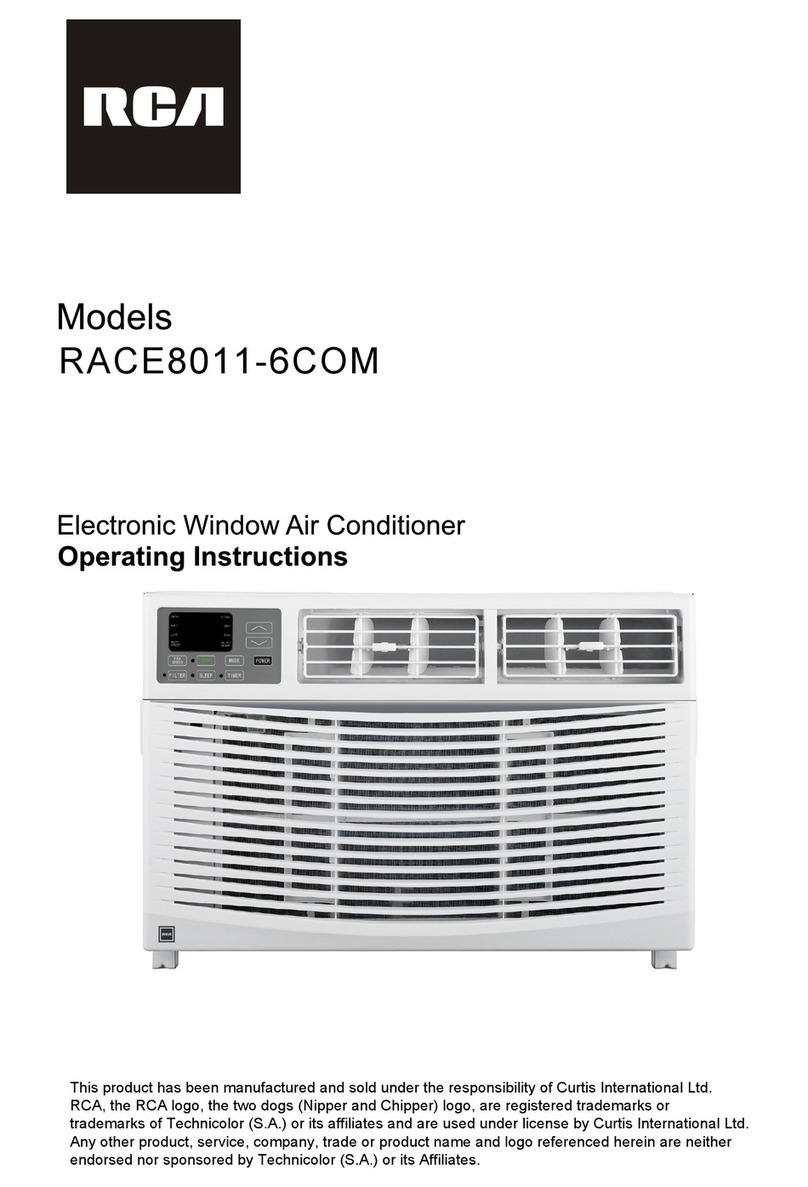RCA RACM5002 User manual
Other RCA Air Conditioner manuals
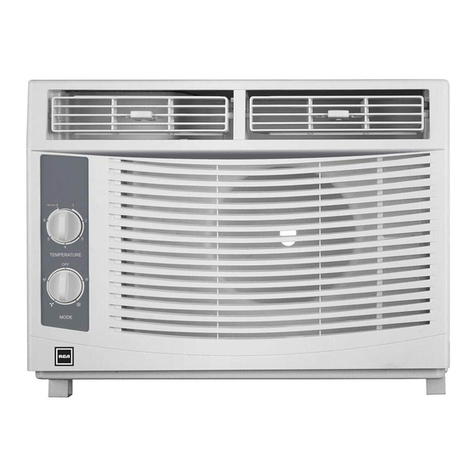
RCA
RCA RACM5010-6COM User manual
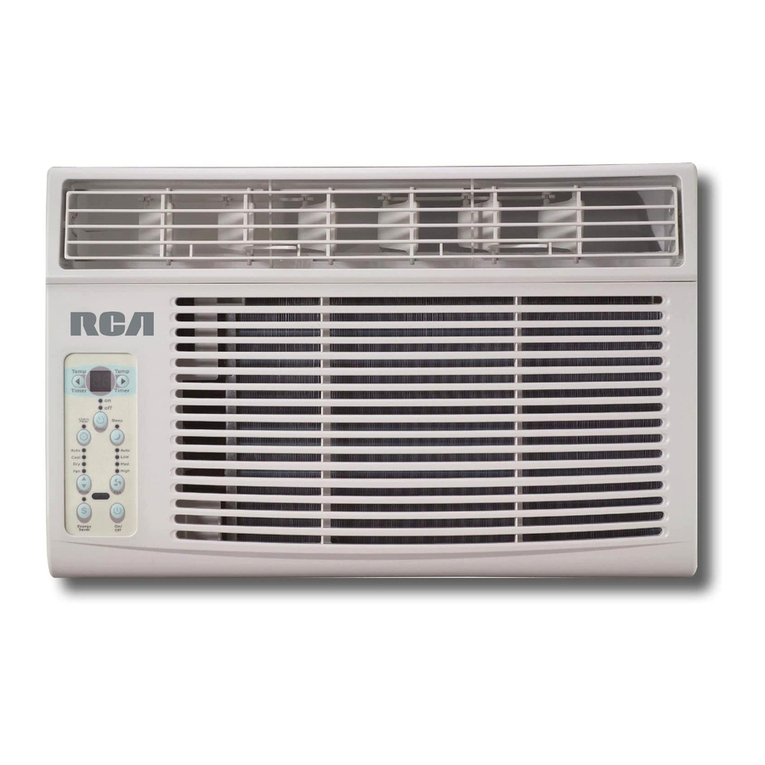
RCA
RCA RACE8002E User manual
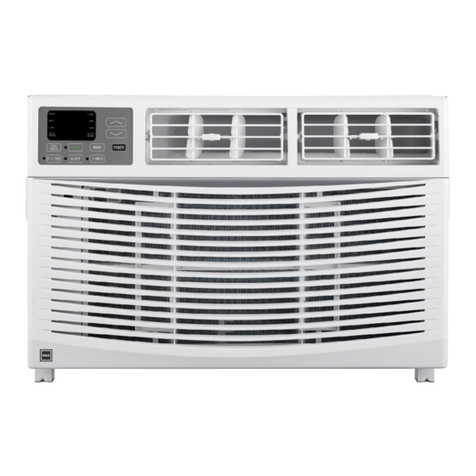
RCA
RCA RACE1011-6COM User manual

RCA
RCA RACE1211-6COM User manual
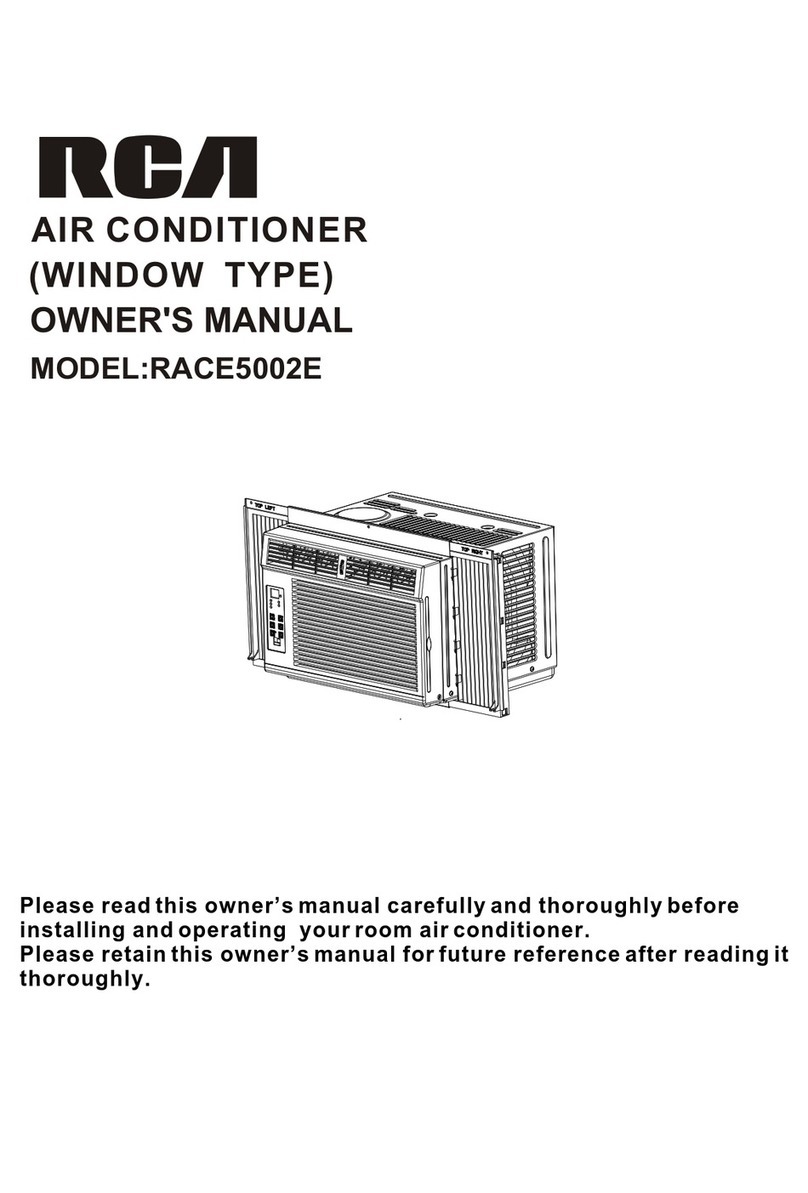
RCA
RCA RACE5002E User manual
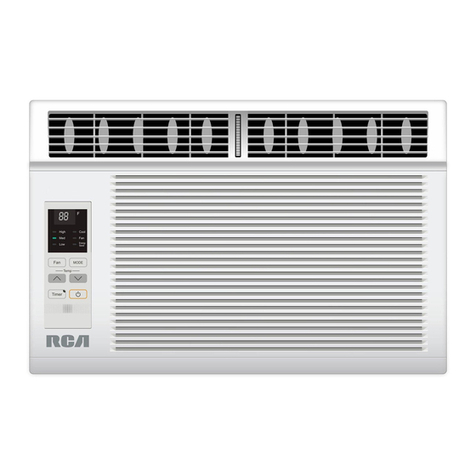
RCA
RCA RACE1202-B User manual
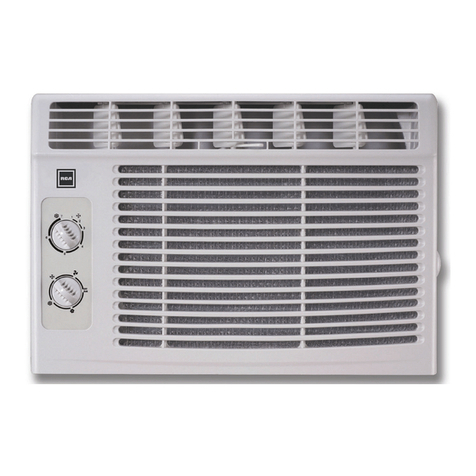
RCA
RCA RACM5000-D-AH User manual
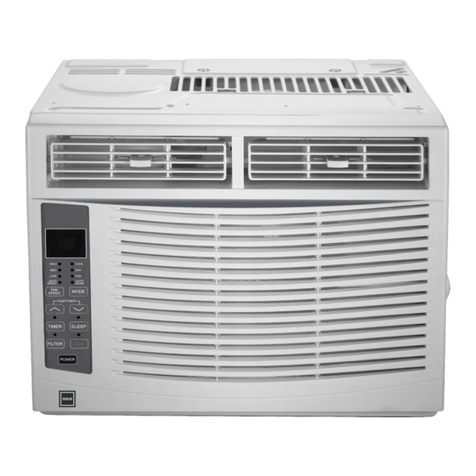
RCA
RCA RACE6011-6COM User manual
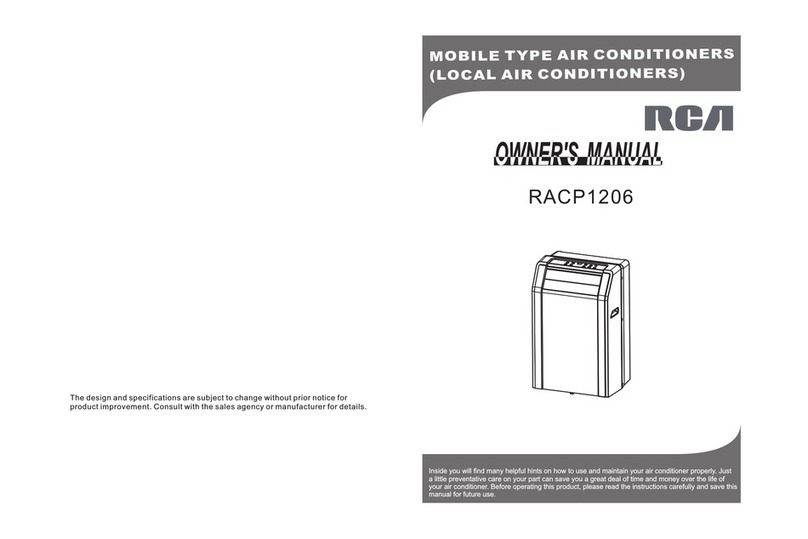
RCA
RCA RACP1206 User manual
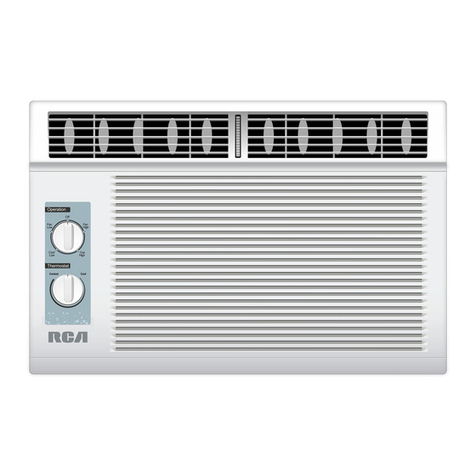
RCA
RCA RACM5000-F User manual
Popular Air Conditioner manuals by other brands

Fujitsu
Fujitsu ASYG 09 LLCA installation manual

York
York HVHC 07-12DS Installation & owner's manual

Carrier
Carrier Fan Coil 42B Installation, operation and maintenance manual

intensity
intensity IDUFCI60KC-3 installation manual

Frigidaire
Frigidaire FAC064K7A2 Factory parts catalog

Sanyo
Sanyo KS2432 instruction manual

Mitsubishi Electric
Mitsubishi Electric PUHZ-RP50VHA4 Service manual

Panasonic
Panasonic CS-S18HKQ Service manual

Panasonic
Panasonic CS-E15NKE3 operating instructions

Gree
Gree GWH18TC-K3DNA1B/I Service manual

Friedrich
Friedrich ZoneAire Compact P08SA owner's manual

Daikin
Daikin R32 Split Series installation manual
